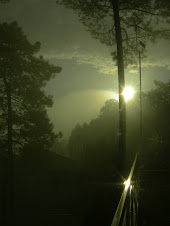Caros amigos,
Em Julho, no Centro de Educação Ambiental, o Topas, e este ano também a Tupilde, vão receber-vos para divertidas actividades.
O sol dourado vai-se rir com as macacadas das duas toupeiras mais divertidas do Universo.
Com abraços e beijinhos os leões vão aparecer, as cobras vão pôr a língua de fora e as estrelinhas vão brilhar!
Não se esqueçam de vestir o fato de treino, calçar as sapatilhas e meias lavadas e preparem-se para uma grande aventura.
Cá vos esperamos.

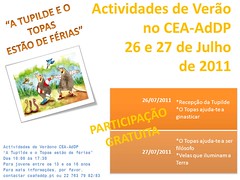
Todas as informações estão descritas nos ficheiros anexos-
aqui e
aqui - o almoço, lanches da manhã e da tarde são da responsabilidade dos participantes).
As fichas de inscrição, termos de responsabilidade e atestados médicos devem ser enviados para o email cea@addp.pt ou em papel no Centro de Educação Ambiental (Rua do Ribeirinho, 706, Lever – Vila Nova de Gaia).
Atentem às datas limite de inscrição.
A Equipa do CEA
Área de Apoio de Comunicação e Educação Ambiental
Águas do Douro e Paiva, S.A.
Telf: 22 763 79 00/82/83
cea@addp.pt
www.oblogdotopas.blogspot.com



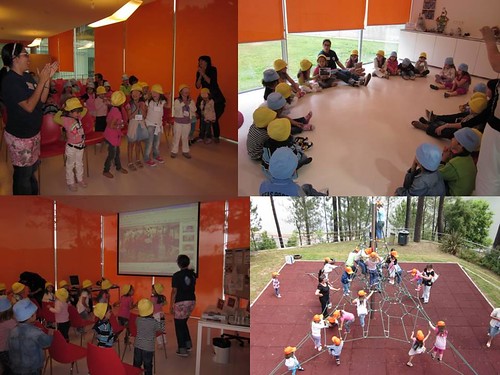


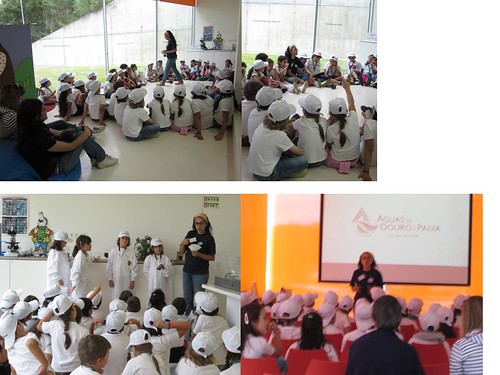

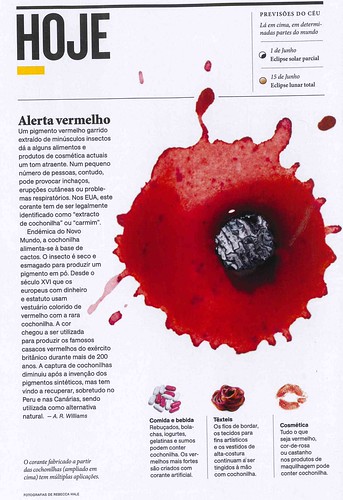
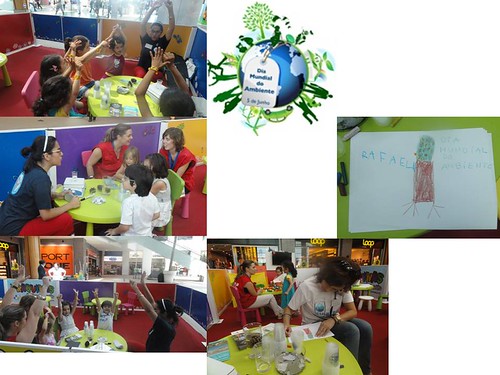
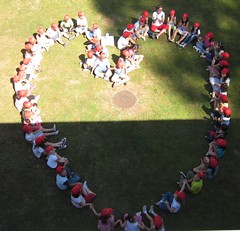


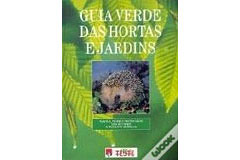
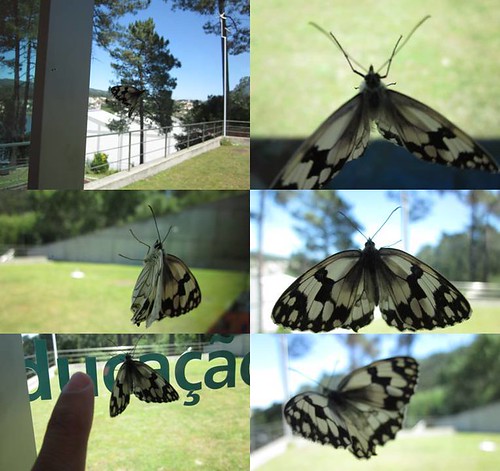
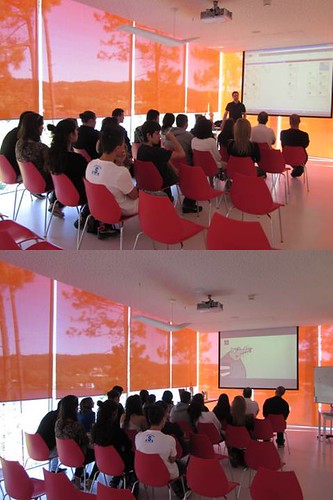

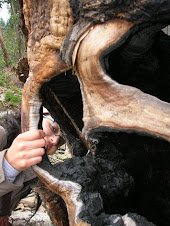



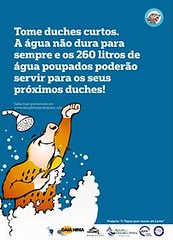


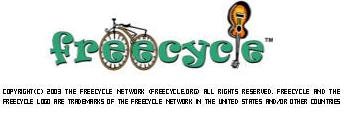
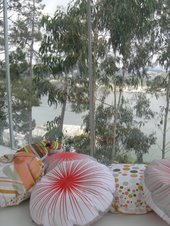
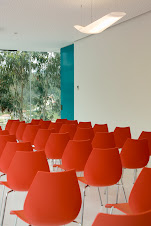.jpg)
.jpg)

